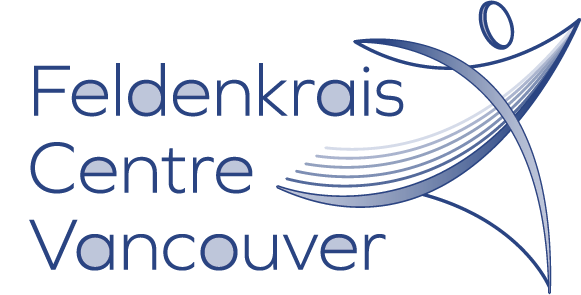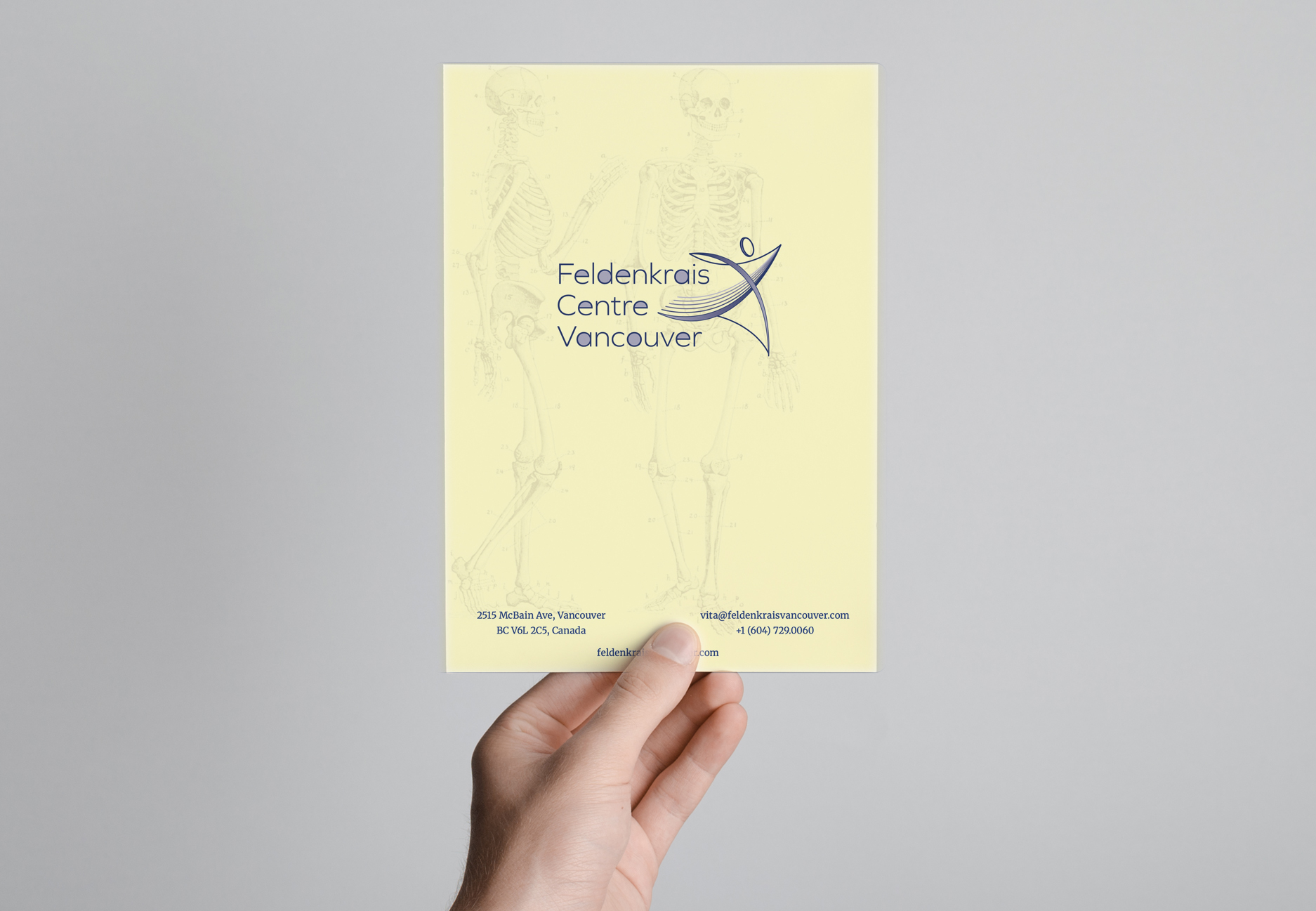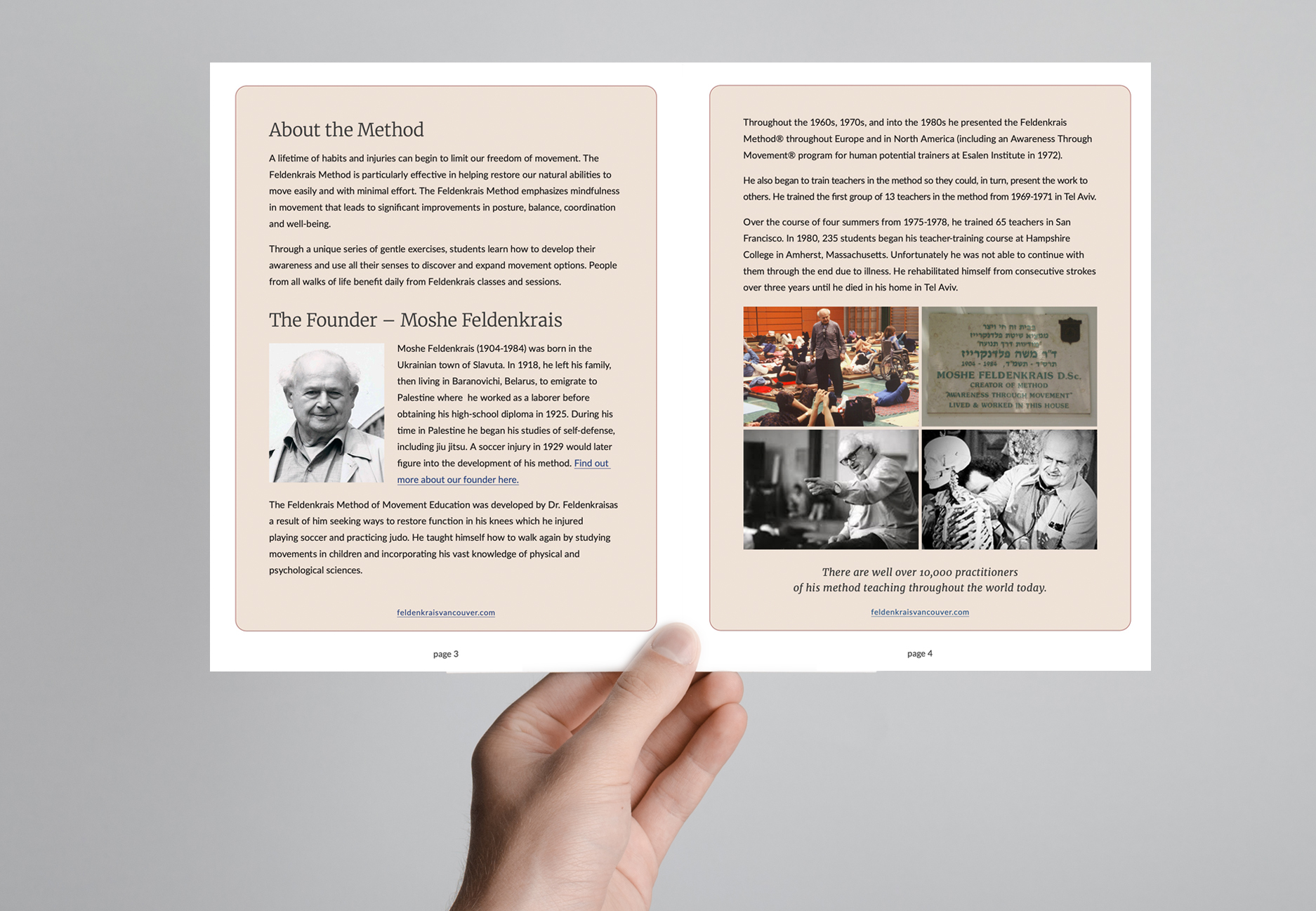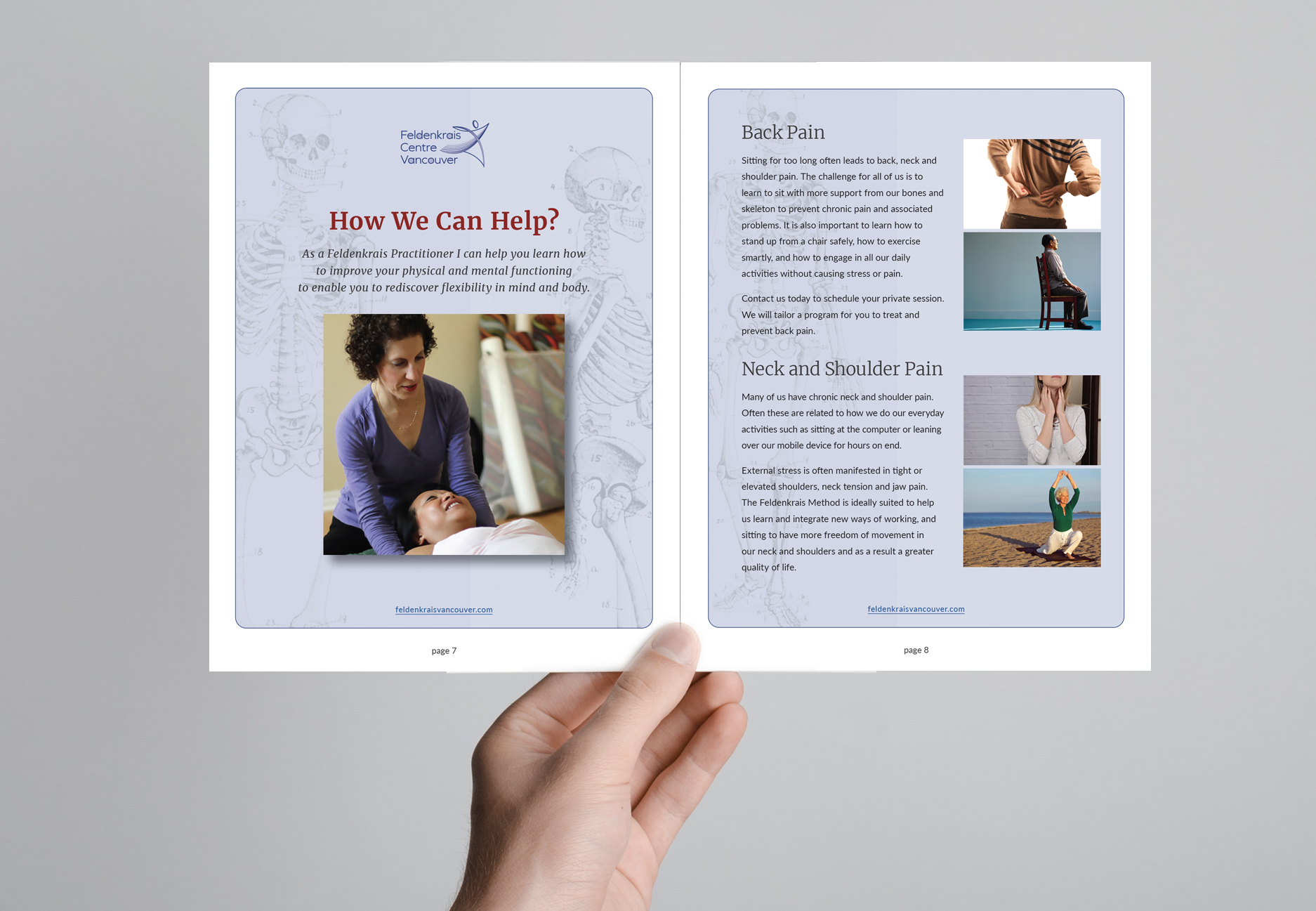 The more I practice and teach the Feldenkrais Method® the more I believe in it as a way of learning how to learn rather than a therapeutic method to fix aches and pains. So whenever I see articles and books on teaching modalities I am intrigued.
The more I practice and teach the Feldenkrais Method® the more I believe in it as a way of learning how to learn rather than a therapeutic method to fix aches and pains. So whenever I see articles and books on teaching modalities I am intrigued.
A few weeks ago I wrote about moving and learning. Today about the role of the brain in learning and how our study habits affect how and what we learn.
Recently in the New York Times, Tara Parker-Pope reported on a new book by Benedict Carey, himself a science reporter at the New York Times. Titled, How We Learn: The Surprising Truth About When, Where, and Why It Happens, Carey challenges much of what has become tradition in terms of learning strategy, for example as kids we were taught we should study for long periods of time, keep good study habits and work in an enviornment free of distraction and noise and music.
He says that instead we were born to learn and from birth we are programmed to learn quickly and efficiently. He looks at how the brain learns, stores and retrieves information and suggests that depending on what we are learning determines how we learn it and when. And as many of us already know, getting enough sleep is an important part of learning.
The bottom line for me as a Feldenkrais teacher is that learning happens in different ways and by different means.
After a Feldenkrais Awareness Through Movement® class my students are amazed at what they can do that they couldn’t before after what seemed to be simple and subtle movement explorations. And they learned these in an enviornment where they are encouraged to explore, experiment, rest and review and where it is safe to not be able to learn the new skill that day. At each class I now take a few minutes to review the last lesson, unknowingly incorporating one of Carey’s techniques for learning, called “spacing.”
I am glad to see more research on how the brain learns and cannot wait to learn more as soon as I get a copy of Carey’s book.



